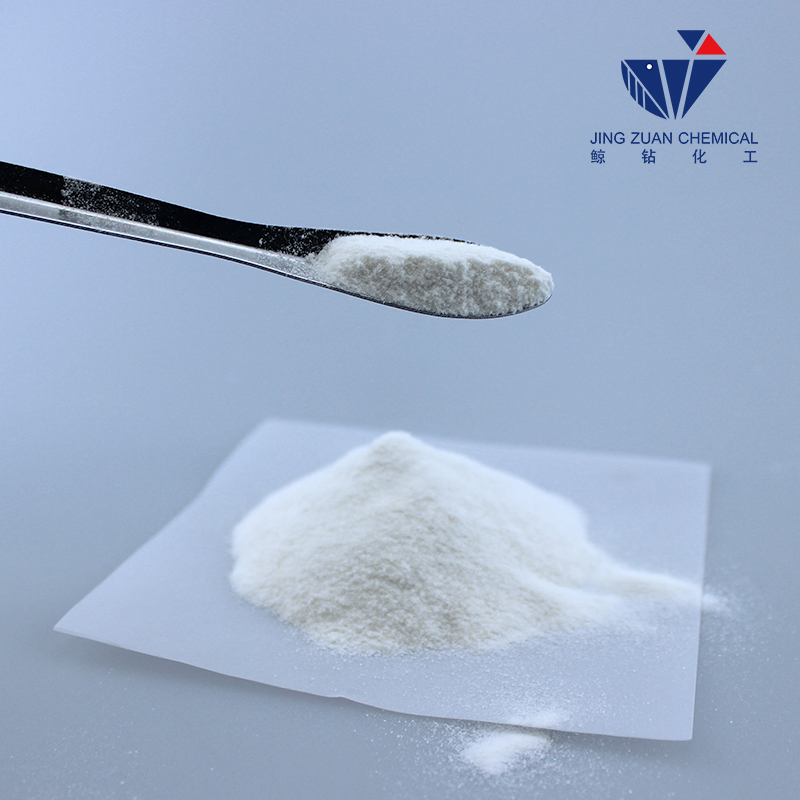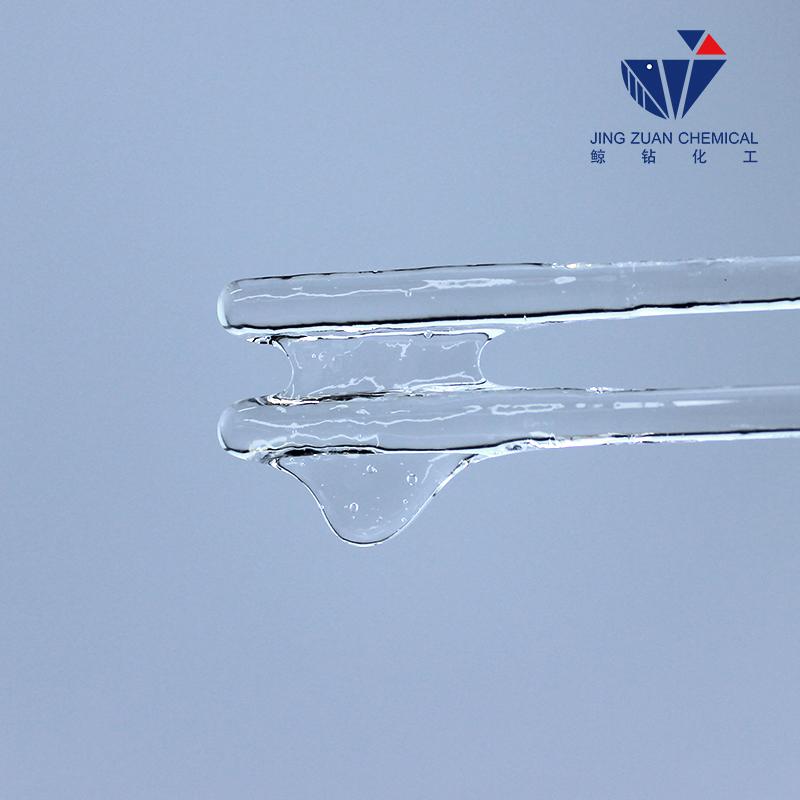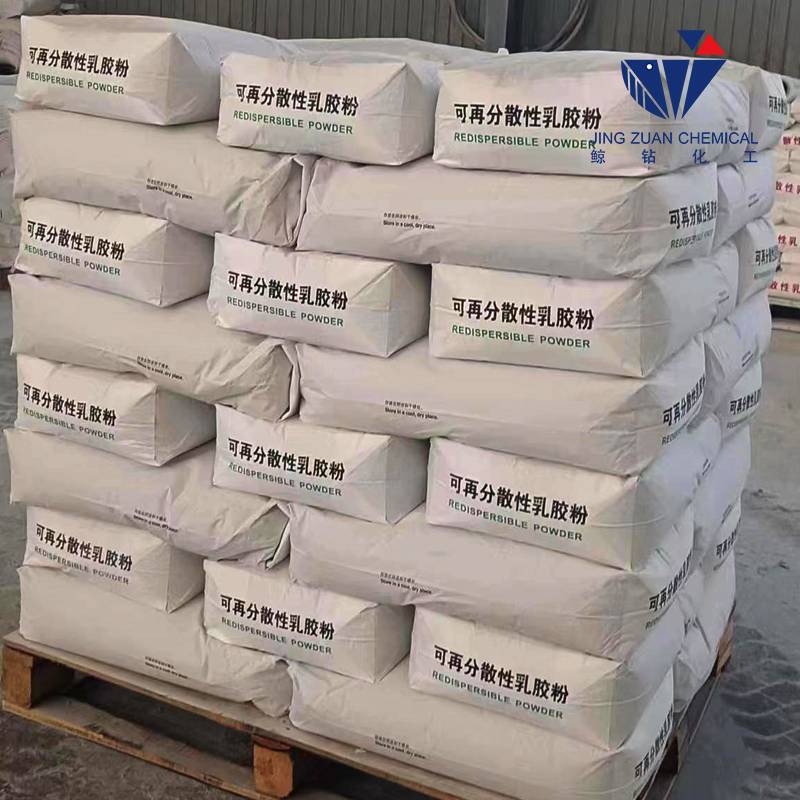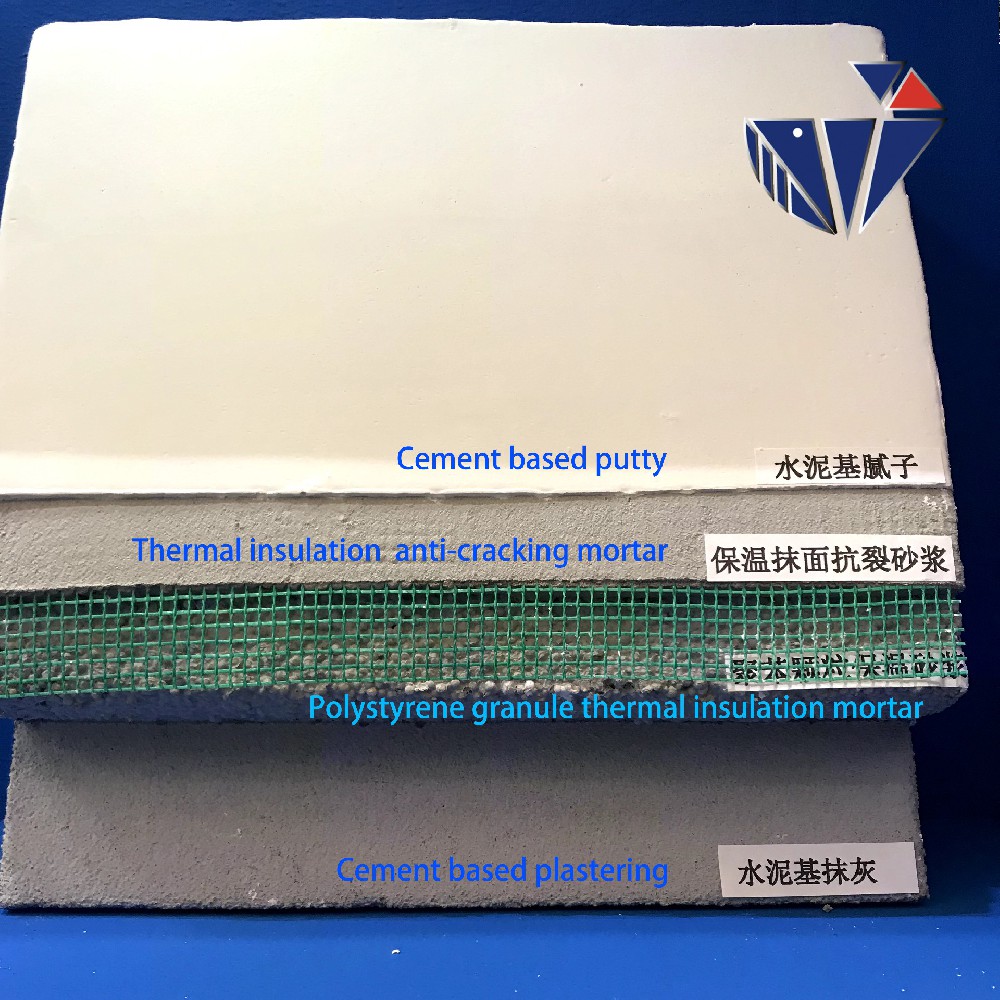
ធ្នូ . 31, 2024 13:01 Back to list
HPMC Solubility Characteristics in Chilled Water for Pharmaceutical Applications
HPMC Solubility in Cold Water Understanding Its Importance
Hydroxypropyl methylcellulose (HPMC) is a widely used polymer in various industries, including pharmaceuticals, food, and cosmetics. Its unique properties, such as film-forming, thickening, and binding abilities, make it an essential ingredient in many formulations. One of the most critical factors that determine its application is its solubility in different types of solvents. Among these, the solubility of HPMC in cold water is particularly noteworthy.
HPMC is a non-ionic cellulose ether, which means it does not carry any charged groups. This characteristic significantly influences its solubility. In cold water, HPMC exhibits excellent solubility thanks to its hydroxyl and methoxy groups that can form hydrogen bonds with water molecules. This property is essential for various applications where a water-soluble polymer is required, particularly in the formulation of gels and coatings.
The solubility of HPMC in cold water is influenced by several factors, including the degree of substitution (DS) and the molecular weight of the polymer. The degree of substitution refers to the average number of hydroxypropyl and methoxy groups that replace hydroxyl groups on the cellulose backbone. A higher DS generally leads to increased solubility because the hydrophilic groups enhance the interaction with water. Similarly, lower molecular weight HPMC tends to dissolve more readily compared to higher molecular weight counterparts, which may require more energy to disrupt the intermolecular interactions.
hpmc solubility in cold water
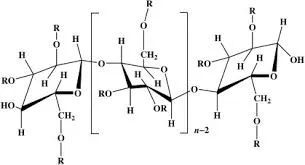
In pharmaceutical applications, HPMC is often used as a thickening agent in formulations like creams, ointments, and gels. Its ability to dissolve in cold water allows for the preparation of stable and uniform products without the need for heating, which can be detrimental to the stability of heat-sensitive ingredients. For example, in the formulation of sustained-release tablets, HPMC acts as a matrix-forming agent that controls the release of active pharmaceutical ingredients (APIs). The solubility of HPMC in cold water ensures that these formulations can be produced efficiently, maintaining the therapeutic efficacy of the active components.
In the food industry, HPMC is increasingly being employed as a food additive. Its solubility in cold water makes it suitable for applications such as emulsifiers, stabilizers, and thickening agents in various food products. For instance, HPMC can be found in sauces, dressings, and bakery products, where it enhances texture and shelf stability. The versatility of HPMC stems from its ability to create a smooth and stable consistency without imparting any undesirable flavor or color to the final product.
In the cosmetic industry, HPMC serves as a thickener, emulsifier, and film-forming agent in lotions, creams, and hair products. Its solubility in cold water allows formulators to create products that are not only effective but also pleasant to use. HPMC-based formulations often exhibit improved spreadability and skin feel, making them desirable to consumers.
In conclusion, the solubility of HPMC in cold water is a vital characteristic that enhances its utility across various industries. Its ability to dissolve without heat facilitates the formulation of stable and effective products in pharmaceuticals, food, and cosmetics. As research continues to uncover more about its properties and applications, HPMC remains a crucial ingredient that contributes to innovation and efficiency in product development. Understanding this solubility not only helps manufacturers optimize their formulations but also ensures that consumers receive high-quality products that meet their needs.
-
Versatile Hpmc Uses in Different Industries
NewsJun.19,2025
-
Redispersible Powder's Role in Enhancing Durability of Construction Products
NewsJun.19,2025
-
Hydroxyethyl Cellulose Applications Driving Green Industrial Processes
NewsJun.19,2025
-
Exploring Different Redispersible Polymer Powder
NewsJun.19,2025
-
Choosing the Right Mortar Bonding Agent
NewsJun.19,2025
-
Applications and Significance of China Hpmc in Modern Industries
NewsJun.19,2025

